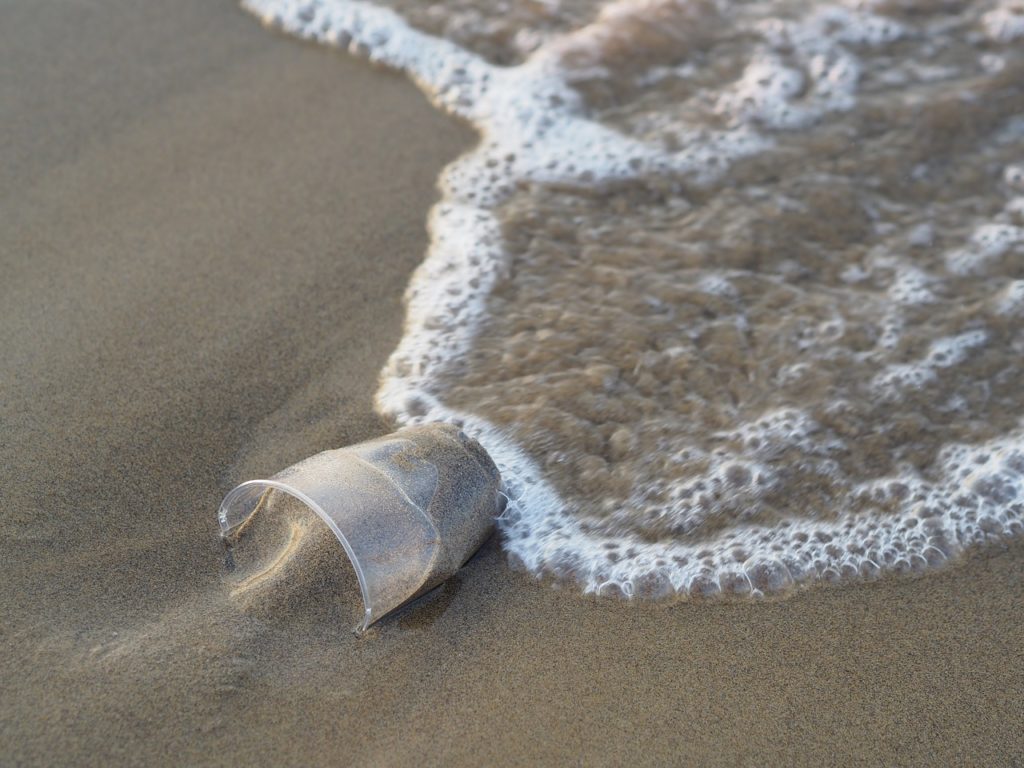Since September is National Mushroom Month, it’s fitting to think about the incredible things fungi can do. You may be familiar with mushrooms in grocery stores or some of those visible in the forest. When it comes to fungal diversity, these examples are only the tip of the iceberg. While some may be delicious with dinner, others can clean up harmful pollution. Some fungi can degrade toxic byproducts released by industrial or agricultural processes such as petroleum, explosives, agricultural chemicals, metals, and metalloids. Since some fungi are great at collecting metals, they may also be useful for recycling them. Fungi live in many different environments such as soils, sediments, rocks, trees, or plant leaves – many of which come in direct contact with metals or pollutants. Some form harmful (pathogenic) associations with plants, while others have symbiotic (mutually beneficial) relationships. Scientists are only beginning to understand the immense capabilities of common fungi.
It turns out that some fungi can also degrade certain types of plastic. One study by researchers in Switzerland studied the fungi associated with plastic litter. They first wanted to know which (if any) fungi grew on the plastic materials. Then, they wanted to know if any could actually degrade the plastic. To do this, they collected some plastic litter from the Lake Zurich shoreline and brought it back to the lab. The researchers suspected most plastic they grabbed from Lake Zurich was polyethylene since it is commonly used in packaging materials and is about one third of the total plastic produced.
They first separated the fungal communities from each piece of plastic. They then grew the communities on agar-filled (think gelatin) Petri dishes. The fungi would grow as little dots, known as colonies, on the agar surface. From the 16 pieces of plastic they collected, they were able to isolate more than one hundred strains of fungi! The researchers grouped these based on their morphology, then chose one or two from each group (13 total) and exposed them to two types of plastics, polyethylene and polyurethane. Polyurethane may be most familiar in liquid form as a wood stain, but in solid form it is also a type of foam.
None of the 13 fungi could decompose the polyethylene plastic they grew on in Lake Zurich. However, four of these strains could degrade polyurethane. Each strain formed a little “halo” of clear space around its colony as it degraded the white-colored polyurethane. Cladosporium cladosporioides (a soil fungus) was the most efficient polyurethane degrader. Three other fungi (two soil fungi and one plant pathogenic fungus) were also able to degrade polyurethane. While only four plastic-degrading species were identified in this study, this is still an incredible find, and it is likely that many more fungi are waiting to be discovered.
Next time you’re swimming at a lake or hiking in the forest, don’t leave garbage behind. While there are many reasons not to leave garbage, researchers also don’t know the extent of plastic-degrading fungi in the wild. Currently, the fungi that are known to break down plastics are rare and don’t decompose it fast enough to clean up our waste. These fungi are promising for breaking down some of the litter already out there, but much more research needs to be done.


